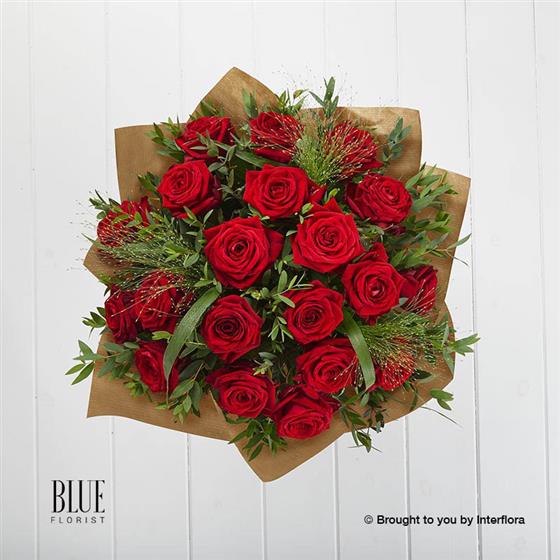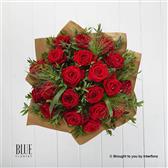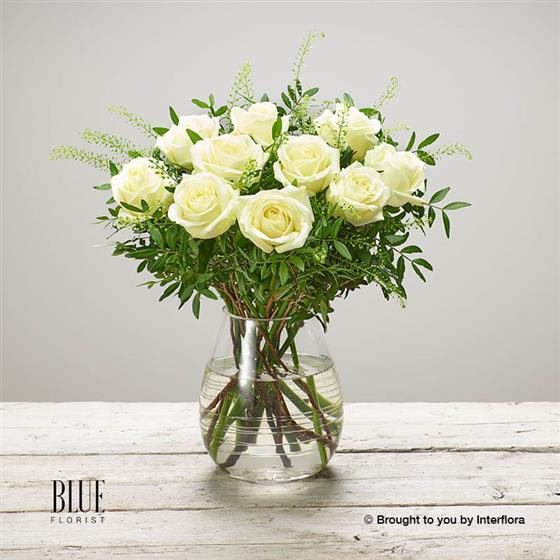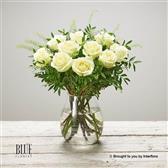

Last year, £261 million worth of flowers were purchased for Valentine’s Day in the UK. Globally, it is estimated that more than 250 million roses are produced for February 14th annually. And we all, almost instinctively, understand that the giving of flowers can be deeply romantic. But where does this link between flowers and Valentine’s Day come from? And why do we all rush to our local florist on February 14th?
Valentine’s Day Flowers: Why Do We Send Them and When Did It Start?
The history of Valentine’s Day flowers


Valentine’s Day celebrations are thought to have begun in Ancient Rome, in the 3rd century AD. It’s the story of martyrdom, and two clerics – both of whom happened to be named Valentine – who were put to death by Emperor Claudius II. Their crime? Helping the soldiers of Claudius to marry their sweethearts. Thinking that marriage would make his men soft, Claudius prohibited them from forming relationships. The two Valentines paid the price for disregarding Claudius’ rule. The flower association came very, very many years later.
In fact, it wasn’t until the 17th century that flowers became the gift of choice for Valentine’s Day. Enamoured by the language of flowers he was introduced to on a trip to Persia, King Charles II of Sweden, adopted the practise. And with royals forever being the archetypal trend-setter, the fashion soon spread.
For a period, flowers were used to communicate all kinds of messages and emotions. But while few of us would go to the trouble of purchasing a bunch of yellow carnations to show our distain these days. And even fewer of us would understand the meaning behind such a presentation. Flowers and Valentine’s Day have become uniquely synonymous.
So, now you know the history, what flowers should you send this Valentine’s Day?
The meanings behind our favourite Valentine’s Day flowers
.jpg?ver=4644)
.jpg&ver=4644)
Red roses – The ultimate symbol of love and romance, the red rose is the most popular Valentine’s flower by far. But be careful, because the message changes depending on the number of stems you choose. From ‘love at first sight/you are the one’ for a single rose. Right up to ‘love without end’ for 50 red roses.
Pink roses – Also a symbol of romantic love, pink roses can speak of appreciation and gratitude. What nicer way to say, ‘I love you, I’m glad you’re mine’?
White roses – Traditionally an emblem of purity, white roses are strongly associated with marriage. So, they’re the perfect choice if you’re planning to pop the question this February 14th.
Tulips – Another traditionally romantic flower, tulips are said to represent ‘two lips’ approaching each other, ready for a kiss. They also used to be spectacularly expensive, so they were very much a statement bloom. Not to mention the fact that they’re incredibly beautiful.
Lilies – The flowers of passion and fidelity, lilies have long been Valentine’s favourites. And with their gorgeous scent, they deliver a lot of floral bang for your buck.
Chrysanthemums – Associated with joy and hope for the future, chrysanthemums are a popular choice for those in the early, hesitant stages of a relationship. And for couples expecting a child. When everything is hopeful. And everything is bright.
Flowers and Valentine’s Day go hand in hand. They can be a simple gift. But they are always loved. And always appreciated. And we think that’s why the tradition has continued.
Check out the whole range of Blue Florist bouquets for your Valentine’s inspiration.